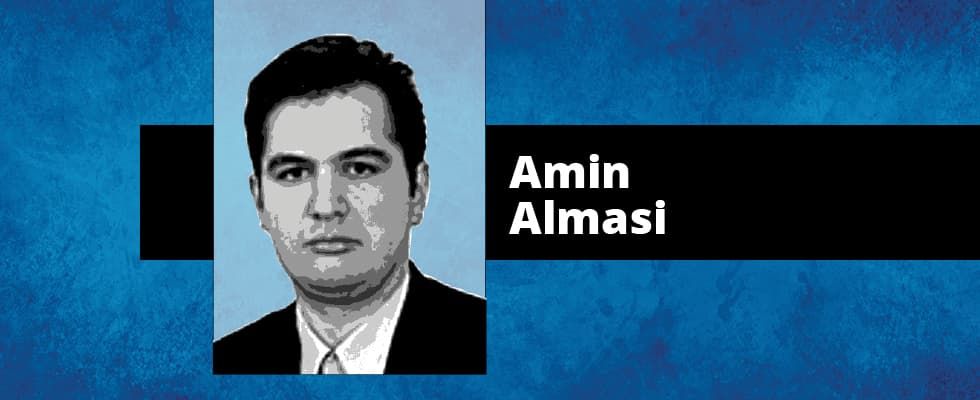
Pump operators are searching for more sustainable ways to operate pumps, including reducing unscheduled shutdowns/trips, maintenance costs and consumption of energy to allow for more efficient and effective overall operation in the future. Pump manufacturers can define this future by partnering with operators to deliver technology-based and innovative solutions that meet these needs.
Integration
One challenge in the pump industry is often referred to as the “integration.” A pump train consists of different machineries, equipment and items—such as the driver, core pump, coupling(s), sometimes the gearbox and more. Some items or parts are produced or manufactured by different subvendors. Thus, integration has been a major challenge for some pump trains.
Typically, the driver (usually an electric motor), gearbox (if used), couplings, accessories or auxiliaries were fabricated by separate and dedicated subvendors—so-called specialist subcontractors in that field. Integration is a challenging task. The technical details and requirements should be negotiated with subvendors, and then sizing and selection should be done from designed machineries—parts and pieces.
In some cases, the options are already built so there is little room for change. In many cases, a subvendor is elected for a long-term contract based on the lowest price and with minimum supervision and inspection from the pump manufacturer.
Usually there have been challenges around different aspects such as delivery time, cost variations, raised technical deviations, etc. Managing interfaces is critical as different parts and equipment manufactured by different companies in different locations (even countries) need to come together and match perfectly. Sometimes the quality of the supplied machinery is less than expected.
Another problem is that different branches or divisions of a large manufacturer, usually assigned to manufacture different components, may treat each other like external companies. Sometimes communication between divisions of a large manufacturer is poor and coordination is difficult.
The owner/operator may pay the price for these issues. The main manufacturer needs to operate as a single, unified business—leveraging capabilities across all divisions and associated subvendors. Many manufacturers should be recognized for effective integration.
Unscheduled Shutdowns
Too often, from the manufacturer’s point of view, an unscheduled trip of a pump is of no concern (particularly if this trip is after the guarantee/warranty period or there is no damage or part replacement). Many operators do not like this viewpoint. The reduction of unscheduled shutdowns or trips should be a target for everyone—including manufacturers.
It is advisable to pump manufacturers to assign dedicated task forces for this goal. This task force would focus on defining the scope of transformation, setting the strategy and establishing work streams that will require participation from all of the groups involved, such as selected operator teams, external reliability specialists and others.
The task should be designed to be fast, flexible, nonhierarchical and often temporary as it is meant to challenge the status quo and ask for innovation. Success can only be achieved with the support and participation of all members of the manufacturer’s team and involved operator teams.
Pump Engineering Resources
I am often asked if there is a need for new books or engineering guidebooks in the pump industry. There is a need for new textbooks and engineering resources on pumps. However, theoretical concepts of pumps have been extensively studied in many previous books and textbooks.
Any new textbook should be suitable for engineers in different industrial sectors for better operation and reliability. Such a book should be suitable and beneficial for practicing engineers in different sectors, such as engineers with pump manufacturers, engineers working in engineering, procurement and construction, pump experts in reliability/maintenance teams, operators and others. The success of new engineering books and engineering resources depends on practical and useful materials suitable for all these engineers.
So-called principles, fundamentals or theory of pumps have been widely discussed and presented. There is plenty of such data and information. There is a need for new articles, papers and textbooks on pumps to help practicing engineers in different parts of the pump industry deal with pump issues and solve associated problems such as how to better size or select pumps and how to better evaluate different pump options in technical bid evaluation. And most importantly, how to better operate pumps.

